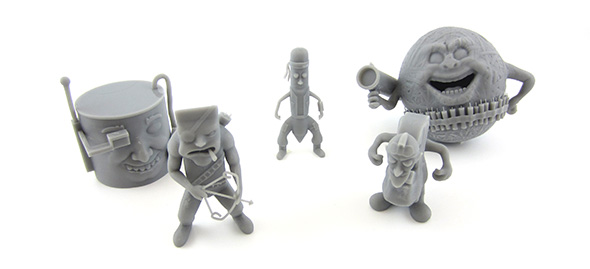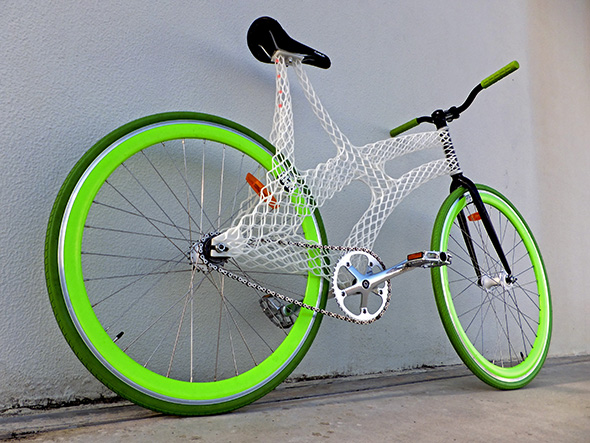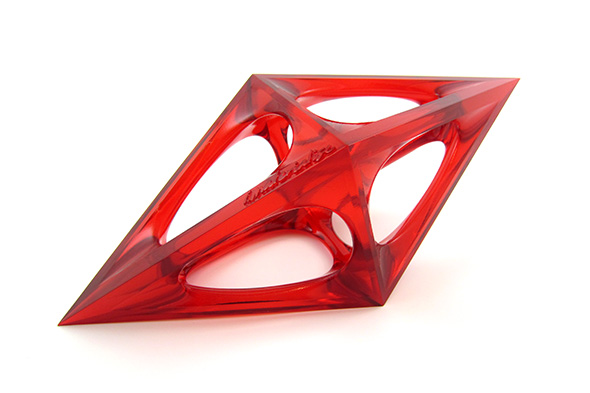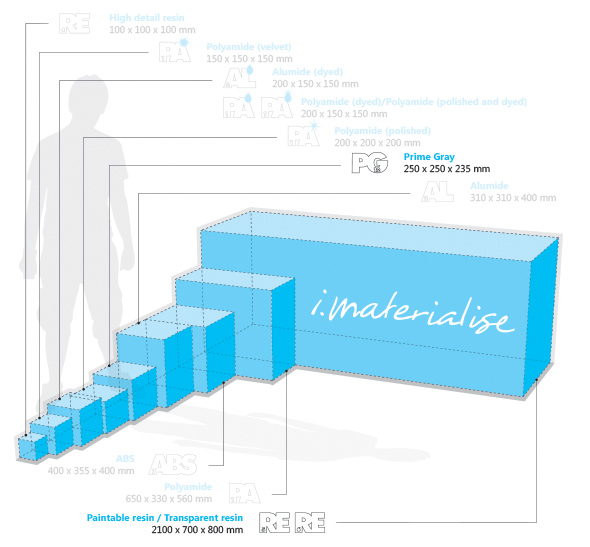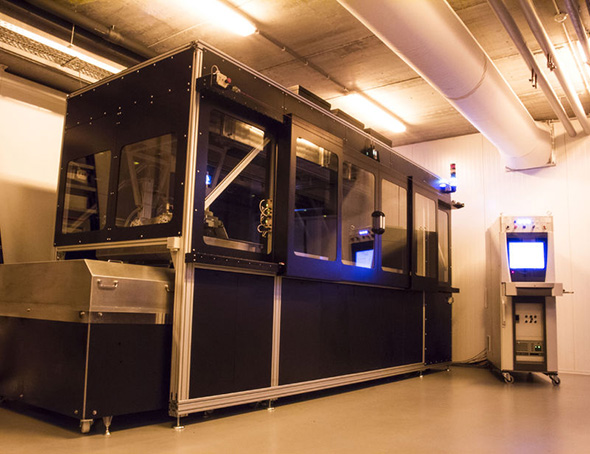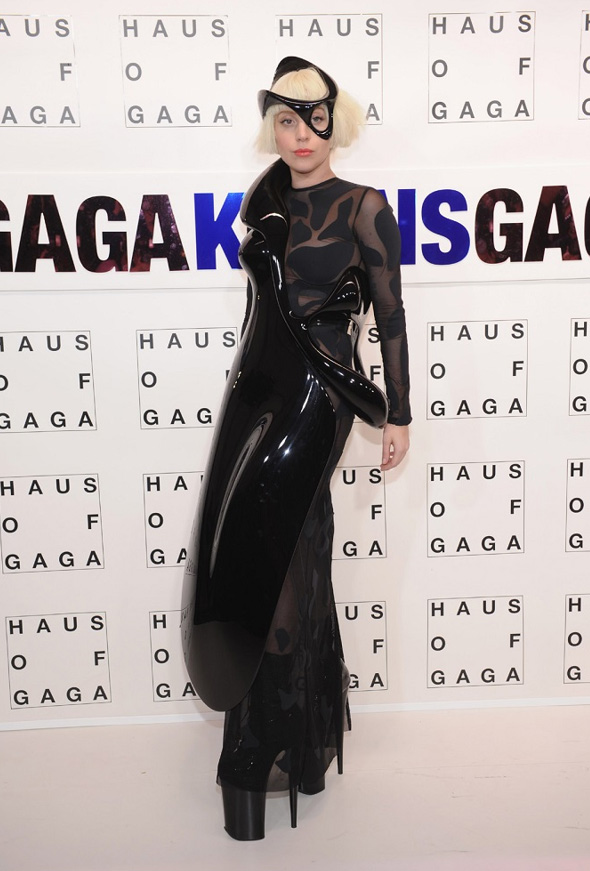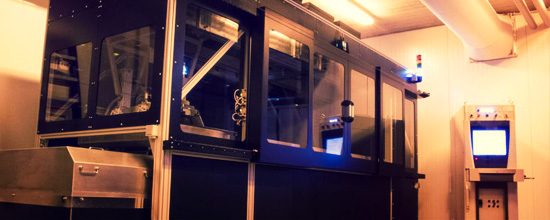
3D Printing Technologies: Stereolithography
Contrary to popular belief, there’s not a one-size-fits-all approach to 3D printing. Although we offer 19 different materials and over 100 possible color and finish combinations, it takes us several different technologies to get the job done. In general, 3D printing technologies can be split up into 2 groups: direct and indirect 3D printing. The main difference lies in the fact that the design is made from 3D printing (direct) or 3D printing was used in the process of creating your model (indirect). Let’s kick this series off with stereolithography, mother of all 3D printing technologies and an example of a direct 3D printing technique.
How It Works: Stereolithography Explained
Starting from a 3D model, a model is built by cutting it into thin layers via specialized software. A support structure is created, where needed, in order to deal with overhangs and cavities.
The process takes place in a large tank, and begins when a layer of liquid polymer is spread over a platform. This machine then uses a computer controlled laser to draw the first layer onto the surface of a liquid polymer, which hardens where struck by the laser. The model is then lowered and the next layer is then drawn directly on top of the previous one. This is repeated until the model is finished. In this way, layer by layer, an object is “drawn” in the liquid by the beam, with the layers being consolidated throughout the process.
When the object is complete, it is raised out of the tank via the supporting platform – much like a submarine rising to the surface of the water – with the excess liquid flowing away. The supports are removed manually after the model is taken from the machine.
Our Stereolithography Materials
- Suitable for A-side visual models with limited functionality
- Smooth surface, much smoother in fact than almost all other 3D printing materials
- Easy to paint. 8 Spray-painting finishes available
- Limited freedom of design because of the necessary support structure
- Suitable for (large) visual models with limited functionality
- Smooth surface
- As its name suggests, the material is great for painting
- Limited freedom of design because of the necessary support structure
- Suitable for (large) models needing a good, smooth, quality surface with a transparent look
- Ideal for demo models, accurate models and models with limited functionality
- The color of the material is transparent, but not 100% water clear
- Limited freedom of design because of the necessary support structure
Stereolithography Printing Sizes
Trivia about Stereolithography
- Stereolithography is derived from the Greek word stereo (solid body), litho (stone), and graphien (to write).
- Stereolithography is the oldest 3D Printing technology
- In November 1981, Hideo Kodama of the Nagoya Municipal Industrial Research Institute (Nagoya, Japan) published a paper titled ‘Automatic Method for Fabricating a Three-Dimensional Plastic Model with Photo Hardening’. Kodama describes three basic techniques he used to create plastic parts by solidifying thin, consecutive layers of photopolymer. It’s said that Kodama’s experiments were perhaps the first evidence of working additive manufacturing (AM) techniques in the world.
- On March 11, 1986, Charles (Chuck) W. Hull patented the method of stereolithography. He also coined the name in U.S. Patent 4,575,330, entitled “Apparatus for Production of Three-Dimensional Objects by Stereolithography”. Hull defined stereolithography as the method of making solid objects by successively laying down thin layers of ultraviolet curable material one layer at a time through the use of the apparatus.
- Materialise has been using this technology since 1990
Fried Vancraen (our CEO) in the old days
- In order to build single-piece stereolithography models with dimensions of more than two meters, Materialise has developed a unique technology: mammoth stereolithography. The idea of producing large components without any gluing arose out of the growing demand for extremely fast and large prototypes of superior quality.
Materialise Mammoth Stereolithography
- Last year, Lady Gaga wore the 3D printed Parametric Sculpture Dress, a cutting- edge creation by Studio XO. Studio XO worked with Materialise to realize this incredible state of the art piece using Mammoth stereolithography machines, the world’s largest 3D printers.
Can’t get enough of this exciting technology and its materials? Then dive into our elaborate material pages for a lot more information or get your own Stereolithography 3D print via our online 3D printing service here.
Recommended Articles
No related posts.



